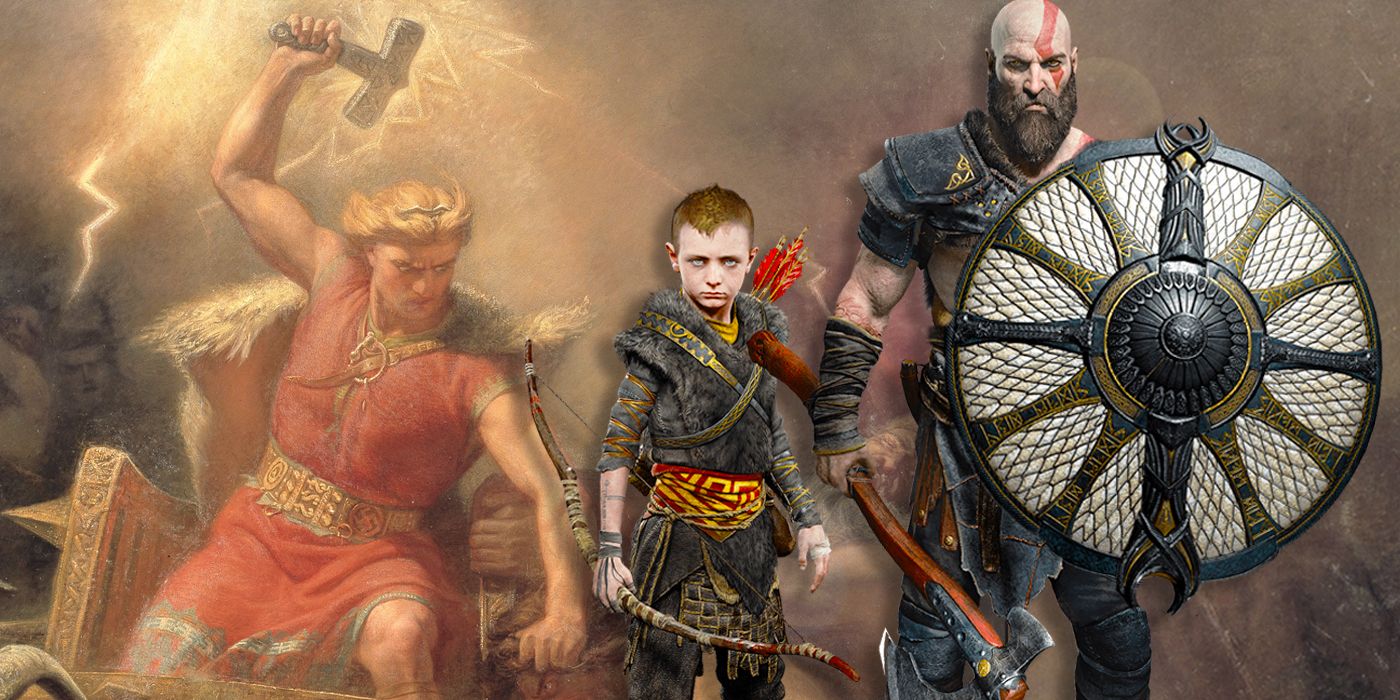

In addition, his famousness came about because of using the letter “T” and Tuesday that meant Tyr’s day.įor the Germanic individuals, Tyr is believed to be one of the oldest gods and as well as an enigmatic figure. His importance was waned despite being a powerful and famous figure in Germanic religion. A Germanic deity origin is also linked to the Norse mythology in the Common Era early centuries. Tyr is famous for wrestling Fenrir also known as the monstrous hound, and through that process, he lost his arm. He had a contradictory nature, which comes about because people are not informed about him or rather they lack clear and in-depth information regarding him. Although he represented bloodshed and war, he was known to bring order and justice to the people. Besides, he was a member of the Aesir tribe, and he advocated for justice and order. Tyr was the bravest warrior and a Norse god of war. Despite the dissension, the two families combined their ideals and powers in prospering. As for the second clan, the notable members are Freyja, Freyr, and Njord. The representatives of Æsir are Tyr, Heimdall, hod, Balder, Odin, Thor, and Loki, and they are considered the leading gods. The Norse gods mainly belonged to two clans Vanir and Æsir. Learn alot more about Old Norse on It was a classical North Germanic language, which was utilized from 1150 to 1350. The Norse mythology is mainly attested in the Old Norse dialects. Thus, when it comes to Norse gods, there is only a little information about them because the information was put into writing late. In getting a clear and detailed picture of the beliefs and myths, layers of history have to be peeled back. Besides, it contains all kinds of mythological beings and varied worlds. Norse mythology involves the tales of different heroes, beings, and deities coming from various sources prior to and after the period of paganism. It is the mythological framework of Scandinavia, which was upheld during the Viking age. Norse mythology involves Scandinavia people’s myths and pre-Christianity beliefs.

The stories about the Norse Gods gained their popularity across the generations in the form of poetry until they were put into text between the 11 th century to 18 th century. The Gods can be traced back to the 9 th century AD from Northern Germanic tribes. To better understand the Norse Gods, a little history about how they gained their space in the mythology is a better starting point. Aside from the god of war, Tyr, some other eleven Norse Gods include Odin, Thor, Balder, Vidar, Vale, Brage, Heimdall, Njord, Froy, Ull, Forseti, and Frigg. The Norse mythology has up to twelve important Gods whose place in the Nordic region myths is highly regarded. Norse god of war is part of the rich Norse mythology.
GOD OF WAR MYTHOLOGY HOW TO
COVID-19 Portal While this global health crisis continues to evolve, it can be useful to look to past pandemics to better understand how to respond today.Student Portal Britannica is the ultimate student resource for key school subjects like history, government, literature, and more.From tech to household and wellness products. Britannica Explains In these videos, Britannica explains a variety of topics and answers frequently asked questions.This Time in History In these videos, find out what happened this month (or any month!) in history.#WTFact Videos In #WTFact Britannica shares some of the most bizarre facts we can find.Demystified Videos In Demystified, Britannica has all the answers to your burning questions.Britannica Classics Check out these retro videos from Encyclopedia Britannica’s archives.


 0 kommentar(er)
0 kommentar(er)
